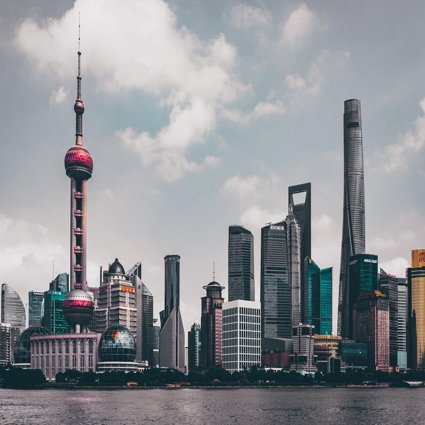
China today
In this lesson students will challenge already-held perceptions of China and build some initial background knowledge and understanding of this vast and complex country
Key questions
Where is China?
Who lives in China?
What is life like in China?
How is China changing?
Where is China?
The People's Republic of China is in Eastern Asia and the northern hemisphere. It has land borders with 14 countries including India and Russia. China has a area of 9.6 million sq km, making it slightly smaller than the USA and is the 4th largest country in the world.
Who lives in China?
There are 56 different ethnic groups in China. The Han Chinese are the majority by far and make up 92% of the population. Other ethnic groups include Zhuang, Uygur, Hui, Yi, and Tibetan. Many of the minority ethnic groups live in the more remote areas in the north and west.
What is life like in China?
China is a country of contrasts - hot and cold climates, mountains and deserts, skyscrapers in modern cities and small traditional hamlets, rickshaws and the latest cars, poverty and wealth. People follow many different faiths in China including Buddhism, Taoism, and Chinese folk religions. It is estimated that a quarter of Chinese are Buddhists, making China the country with the world's largest Buddhist population. Young people, especially those in the cities, are increasingly interested in sports such as basketball and football rather than the traditional Chinese games of table tennis and badminton. But for the majority of Chinese who live in rural areas life has changed little from the subsistence agriculture they have practiced for hundreds of years.
How is China changing?
Since 1976 China has changed enormously and rapidly. It has opened up to the rest of the world and has undergone a form of industrial revolution. It is now the world's fastest-growing economy with an average annual GDP growth rate above 10%. Most people live in the country but as the economy develops increasing numbers are being attracted to the towns and cities to find work and escape rural poverty. In 1950 only 12 per cent of the population lived in urban areas, now the urban population is 39%. By 2015 it is expected to be more than 50%. The opening of modern communication by road, rail, and air, and the development of mines and other sources of industrial raw materials have added to the importance of the marginal provinces of China and the outer territories of Tibet and Inner Mongolia.
Starter
Look at the China...or Not? photos.
Which are pictures of China? Which are not?
Download the China...or Not? photos tiles answers to see how many are China and how many are not.
Download a word version of the China...or not? quiz.
Main Activity
In pairs or small groups, look at a selection of the news headlines.
What kinds of changes which are being reported in the papers?
Report your findings back to the rest of the class.
Plenary
Print the ‘Word Wall' and write on ‘Post-It' notes words associated with modern-day China to stick on the ‘Word Wall'.
Can you group the words into any categories? Save paper and do it all in MS PowerPoint.
File nameFiles
File type
Size
Download